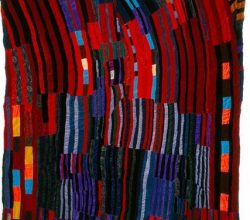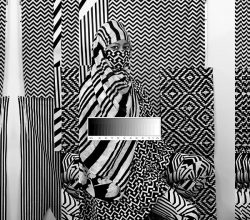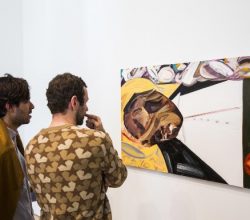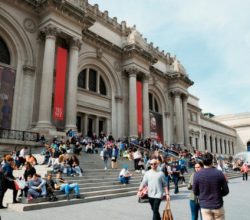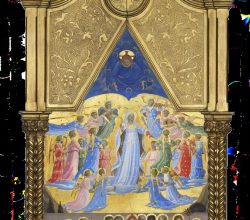
At the Gardner, the colors of heaven in Fra Angelico exhibition
Cate McQuaid | Boston Globe | 22nd February 2018
This show is a big deal. The Renaissance painter, Fra Angelico, painted four reliquaries depicting the life of the Virgin Mary. For the first time in centuries they have been reunited. “The pieces gleam with gold, ultramarine, and vermilion … they seem to pulse with centuries of accumulated attention and reverence. It’s an energy some would call holy.” Images are here.

